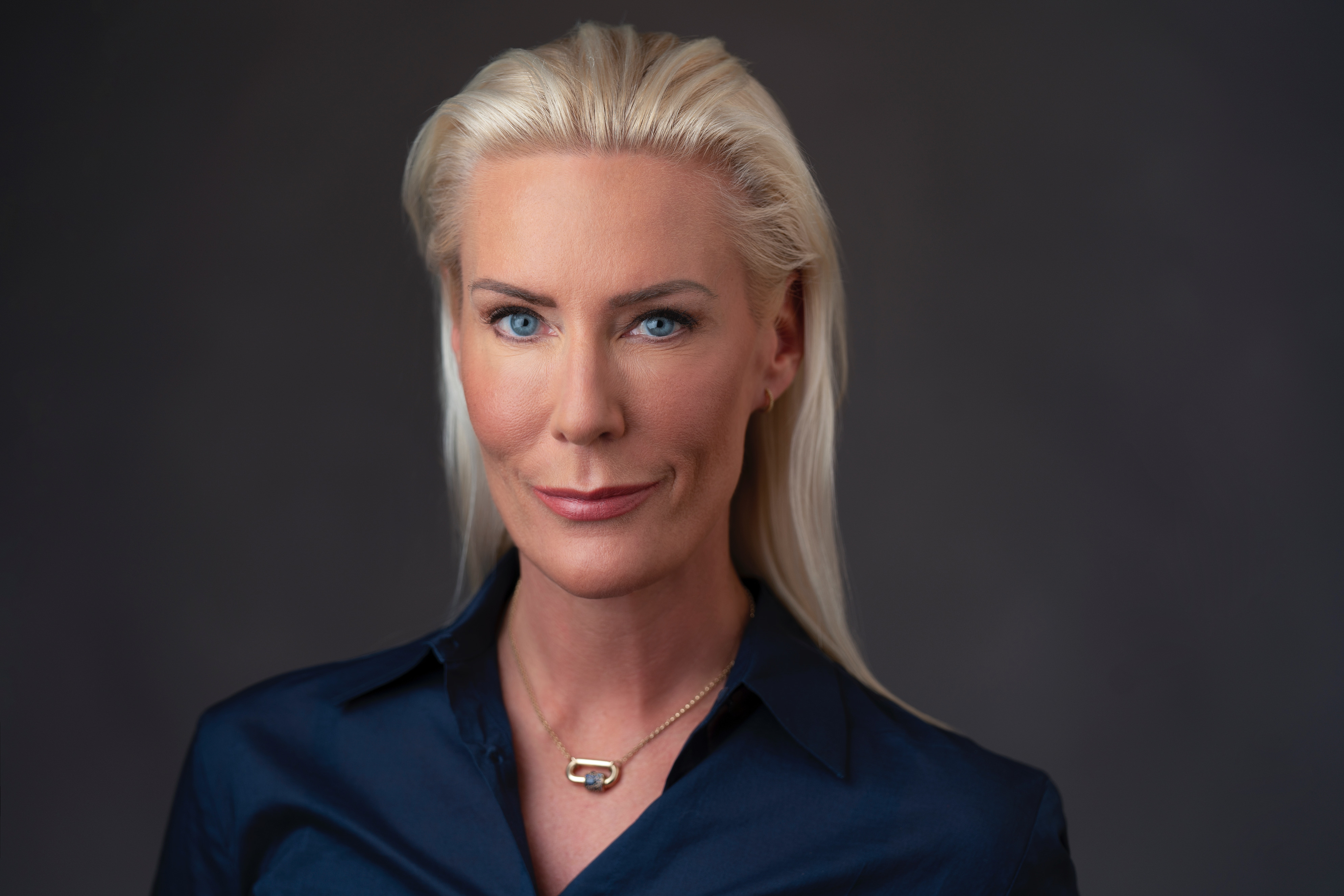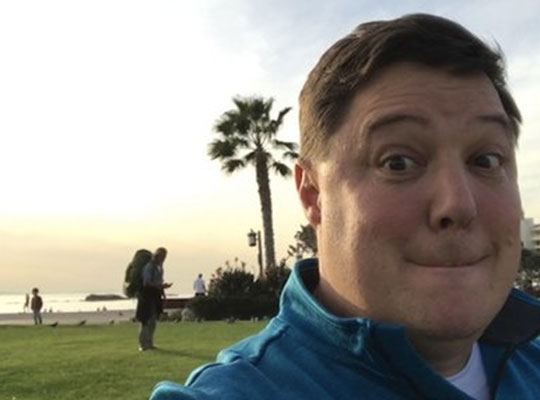

Anna Bager- President and CEO of the Outdoor Advertising Association of America
Anna Bager is the President & CEO for the Out of Home Advertising Association of America (OAAA). She assumed the role in September 2019 after nearly eight years with the Interactive Advertising Bureau (IAB), where she worked with a wide range of media owners to support and promote online, mobile, video, audio, social, and digital OOH advertising.
Below is an interview we did with Anna to help our members become more familiar with her and the direction that OAAA is taking in areas related to digital signage. DSF members and our industry will have the opportunity to meet Anna in person at DSE in March.
1. Thank you for joining us for this interview. Can you tell us why you joined OAAA?
While at the IAB, I recognized the increasing potential of OOH (out of home) advertising to reach busy consumers who are less exposed to conventional ads platforms. For that reason, OOH is hot, and the ad world has taken notice. Spending on the channel continues to grow, share is on the rise, and some of the biggest brands in the world use OOH as a primary part of their media strategies. In fact, OOH is the only traditional medium that has consistently grown over the last few years. I was attracted to the medium because of its success, and I am firmly committed to boosting the industry’s upward trajectory in the coming years.
2. What similarities do you see between digital media and OOH?
During my eight years at IAB, digital grew at a 15-20 percent pace every year. Despite the impressive results digital resiliency was taxed by several challenges, especially around data, programmatic, and privacy. OOH is facing the same challenges. As OOH continues to grow and deliver effective results for brands, I’m looking forward to applying some of the same best practices I learned from digital to OOH, helping to reduce friction by making OOH easier to plan, buy, and measure.
3. Data and privacy are big topics with our members. What is OAAA’s perspective on the responsible use of data, and are you open to aligning with other associations?
Privacy is a top priority for OAAA. We have updated our Code of Industry Principles to include respect for privacy. We welcome the dialogue on balancing new technology and privacy, and our industry is committed to responsible data practices, including transparency and control for consumers.
We are closely following enactment of the CCPA, ensuring the OOH industry is aware of how it affects our industry and how companies need to comply. And, OAAA is working with industry leaders to establish data use and analytics guidelines. OAAA is an active member of DAA (Digital Advertising Alliance) and welcomes alignment with all constituencies that support responsible and effective use of data. A united industry is a strong and successful one.
4. How are you working with government entities to further OOH’s interest?
First and foremost, OAAA works conscientiously to protect industry assets and communicate the value of the medium to federal and local authorities. Based on the collective results of over 35 major public opinion polls, the American public’s attitudes toward OOH remain consistent, showing people believe billboards (and other forms of OOH) should be legal because they provide significant benefits to business, consumers and society at large. In fact, 80 percent of those polled believe OOH helps create jobs and helps businesses attract customers.
 5. What role does and will digital play in the OOH media landscape?
5. What role does and will digital play in the OOH media landscape?
In today’s world of clicks, likes, and page views, OOH is the real thing. It offers real-life impact in a digital world, and can’t be blocked, skipped, or viewed by bots. Whether a campaign incorporates printed or digital displays, OOH amplifies other media, especially online and mobile, to extend reach and frequency, stimulate social and digital engagement, and encourage word-of-mouth advocacy.
OOH’s digital convergence is happening at every consumer connection point. From converting printed highway billboards or bus shelters to digital screens to building out new networks of dynamically connected screens throughout retail venues or in subways systems or launching technologically advanced assets like interactive sidewalk kiosks.
To support the tremendous opportunities digital OOH is offering brands, OAAA and its members are actively focused on advancing business practices, especially in the areas of data analytics, programmatic buying, video integration, creative development, and privacy. To help in these efforts, OAAA has established several new committees and working groups comprised of leaders in the field.
6. What do you see as the key triggers for advertisers wanting to include digital OOH in their media plans?
Advertisers understand digital OOH is big screens driving people to small screens, reaching busy consumers on the go as they interact with their mobile devices in real-time. Digital OOH can leverage innovation by engaging consumers in ways that allow them to connect with brands. When dynamic content is served to digital OOH screens, the messages become more targeted, providing more relevance to nearby consumers.
7. OAAA and DSF were part of a consortium that assembled the DOOH Primer which is a starting guideline document for standardization within digital out of home. After looking through this, what do you see as the next steps needed for standards or guidelines our industry should develop and adopt to help increase adoption of more digital out of home?
It was a terrific project and a necessary exercise to advance the OOH industry. The five partnering organizations – including OAAA and DSF – collaborated for over a year to produce a definitive set of best practices to serve as a guide and reference for the advertising community. Input from all groups were compiled and curated. Today, the rate of change in our industry is rapid, and the challenges are complex. The organizations that came together knew it was important that all practitioners of digital OOH have a consistent understanding of the fundamental guidelines that successfully drive business transactions.
8. How much do people notice OOH advertising?
OOH is breaking-through as others ad platforms are struggling to find audiences. According to Nielsen, more than 90 percent of consumers notice OOH ads. And they react to OOH ads. On average, 81 percent of people who notice an OOH ad will engage with the messages. Even more telling, two-thirds of OOH viewers say they use a mobile device in response to seeing an OOH ad.
9. Do you see digital OOH advertising as having a potential for increasing because more money is moving from other forms of advertising into OOH or more moving from traditional OOH into digital?
OOH share is growing, and the industry continues to see ad spend increases in every sector with the OOH channel. Of the top 100 OOH advertisers in 2019, 74 increased spend over last year, and one-quarter of them more than doubled their OOH investment. OOH’s strong performance in the tech category continued with almost one-quarter of the top 100 representing this category including the entire FAANG suite of companies – Facebook, Apple, Amazon, Netflix, and Google – all in the top 30.
Anna, thank you for providing us your insight. We look forward to spending more time with you at DSE March 31- April 3.






